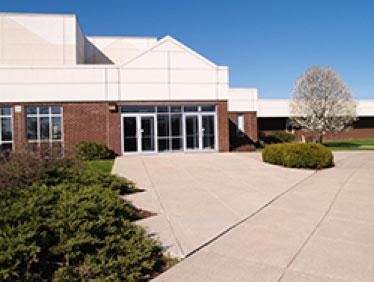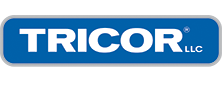 COPE (Construction, Occupancy, Protection and Exposures) is a way to classify real property for the purposes of insuring it as an asset. In order to do this correctly, a district needs to create a list of questions including:
COPE (Construction, Occupancy, Protection and Exposures) is a way to classify real property for the purposes of insuring it as an asset. In order to do this correctly, a district needs to create a list of questions including:
- What is the construction class?
- What is the occupancy rate (students per square foot)?
- What types of exposures are nearby (not on District premises) that should be considered? An example of an exposure would be a nearby rail road track or a river.
- What other property should you risk assess for against a potential loss? These may include: cash storage, hard to replace documents, furnishings, food, and lab and shop equipment.
Once this list is created and as your committee works through it, you will encounter terminology and protocol that is unique to the insurance industry. For our purposes here, I will walk you through the process from the beginning, along with why each step is important.
- Valuation:Most carriers and brokers will provide professional valuation services, but for their own reasons some schools do contract with a private vendor for valuations. Closely review your valuations for accuracy. Take a look at your square footage and make sure your valuations are high enough to cover a total loss. In today’s market most school buildings are in the neighborhood of $165/square foot for total replacement cost. Your property should be insured on a replacement cost basis.
- Make sure the Valuation Proposal includes blanket coveragefor your buildings, building personal property and property in the open. Blanket coverage means that there is a dollar amount that is assigned uniformly to your group of buildings or a “blanket limit” that covers all buildings and their contents.
- The Agreed Value endorsementshould be on all school proposals made by any broker. Simply put, coinsurance waiver. This prevents you being short on coverage for a partial loss if the valuations do not meet the carrier’s criteria. Most carriers want to see at least 90% insured to value. If your district consists of a single K-12 building with no spread of risk, it is essential to insure 100% to value in order to make sure replacement is assured.
- Extra Expense coverageis an important limit. If you have property damage and have to lease space while conducting repairs, extra expense will pay for those costs related to leasing a space.
- Debris removalcoverage can be critical. Think lead paint and asbestos. If you have anything like this in your building, it can be very expensive to remove at the time of a loss.
- Personal property of othersis a coverage that is sometimes overlooked. One particular instance I was involved with was a fire loss claim that completely used up all the Personal Property of Others coverage. This District was very glad they had this coverage in place, as loss would have been staggering otherwise. The question here becomes, how much personal property is in your building at any one time? Sometimes shop teachers bring in some of their own tools that can have a high value. How many staff members have their own Ipads or other notebooks in their classrooms? There is no crystal ball that will help you determine these numbers, but a good agent will bring this to your attention and make sure you understand the options for covering personal property.
- Ordinance or Law coverageprotects you against increase in construction costs due to changes with local ordinances or federal law changes like ADA. If you have an older building, your policy pays to replace what you have with same construction. But if have a building that is not very ADA accessible, there could be significant extra expenses above the replacement cost to bring your building up to code.
- Vacancy clause Not all carriers define “vacancy” the same way. If you have a building that is not being used for its intended purpose (former school building now used for storage) you may have exposure to a vacancy clause limitation on coverage. Understanding the way this term is being applied in your case can make a significant difference!
- Surface water runoff and flood coverageis essential here in Wisconsin. With heavy spring rains we sometimes find out too late that we have a building in a low spot or near a river, and then have water damage. Districts / Schools need to review the history of water runoff near your buildings and determine if you can make some landscaping changes to divert water away from a building, or if more significant changes need to happen. If coverage is not available through your carrier, it is imperative that your District apply for coverage through the National Flood Insurance Program. Note: You have to wait 30 days for coverage to be in effect from the NFIP.
Lastly, one immediate action that any District can take to proactively address potential claim issues at the time of a major property loss is to take a video camera around your buildings and make a short video of what is in each room. Even if you have detailed inventory reports for your schools, items can be forgotten in the stressful period after a loss. I worked with a school that had a fire several years ago, where they had the staff members attempt to make an inventory list from memory for each classroom. Sadly, and as you can imagine, that was a difficult process after a fire when everyone had much more pressing issues on their minds (like where to hold classes, and the impact emotionally on the kids). As an experienced agent, I recommend this not only for your District, but for your own home as well! In both cases, store the video off premises or digitally in the cloud. While we cannot always prevent a tragic loss, we can certainly protect against one. We here at TRICOR make this our mission every day.

